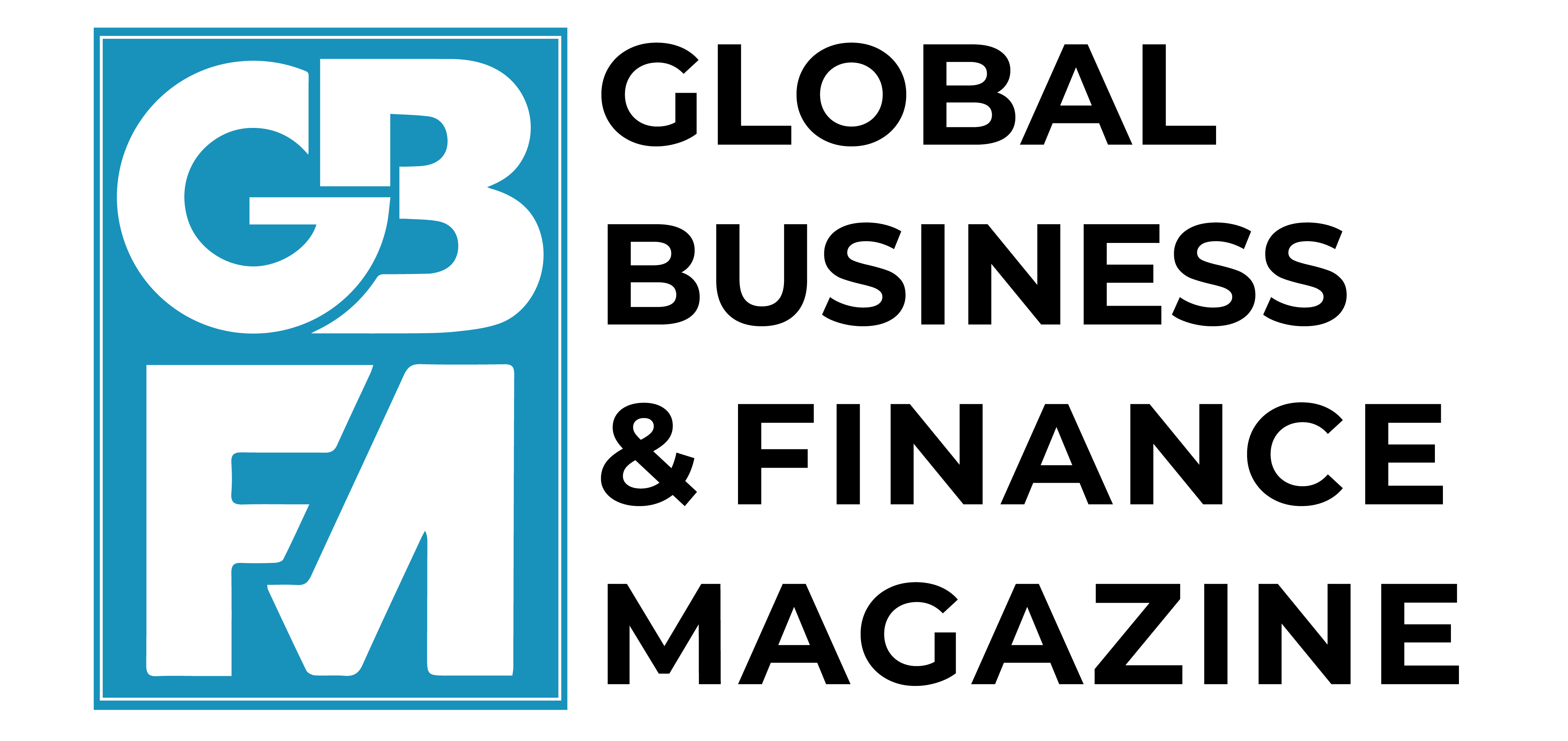The effect of the recent inflation cycle on the anchoring of inflation expectations remains a policy concern. This column documents the evolution of euro area firms’ inflation expectations during the disinflation episode since 2022 using novel survey data. Firms’ short-term inflation expectations declined steadily towards the inflation target as the disinflation progressed. However, there is also substantial disagreement about the inflation outlook and an increased sensitivity of longer-term inflation expectations to short-term inflation expectations. The findings suggest that it may take more time to bring inflation expectations fully in line with central bank objectives.
Following the 2022-23 global inflation surge, the ECB’s monetary policy tightening contributed to a steep disinflationary trajectory in the euro area. Euro area inflation fell significantly from 10.6% in October 2022 to 2.4% in February 2025 and is on course to return to the 2% medium-term target in the course of 2025. Yet, in the aftermath of this high-inflation episode, the effect of the inflation cycle on the anchoring of inflation expectations remains a policy concern. Previous work – though conducted in a low-inflation environment – has found substantial co-movement between firms’ inflation expectations and actual inflation (Rosolia 2018). This could suggest that the ongoing disinflation may go hand-in-hand with a gradual fall in inflation expectations. However, experiences of high inflation encountered during one’s lifetime could also have a scarring effect, reflected in a lasting impact on inflation expectations (Malmendier and Nagel 2016). Such impacts could last even beyond a single lifetime via intergenerational transmission or collective memory (Braggion et al. 2023). This issue is of first-order importance because ‘fluid’ expectations can amplify future inflationary shocks and thus result in another inflation spike, which would undermine the credibility of the central bank.
In a recent paper (Baumann et al. 2025), we examine the anchoring of firms’ inflation expectations in the euro area during the recent disinflation episode. Our analysis is based on novel survey questions on euro area firms’ inflation expectations that have been introduced as a new module in the Survey on the Access to Finance of Enterprises (SAFE) in June 2023, run quarterly until December 2024 (Baumann et al. 2024). We document clear progress in bringing inflation expectations towards the target, but this process has not been complete yet and thus policymakers should proceed with caution.
The evolution of short-run inflation expectations during the disinflation
Firms’ one-year-ahead median inflation expectations stood at 5.0% in June 2023, when actual Harmonised Index of Consumer Prices (HICP) inflation was 5.5% (Figure 1). As disinflation progressed and inflation approached 2% in 2024, one-year-ahead median inflation expectations declined to 2.7% by September 2024. Additionally, mean one-year-ahead inflation expectations have steadily declined, as we show in the paper. This suggests that the disinflation episode has helped bring inflation expectations closer to the target.
Figure 1 The evolution of firms’ median inflation expectations in the euro area


Notes: This figure plots firms’ median euro area inflation expectations at the one-, three-, and five-year-ahead horizons and by survey date. Medians are computed by linear interpolation of the mid-distribution function. All statistics are computed using survey weights.
Did expectations become more anchored during the disinflation?
However, the convergence of short-term inflation expectations is not sufficient for central banks to claim victory over high inflation. While short-run expectations close to target are crucial for a successful disinflation, a large literature argues that anchored inflation expectations are instrumental for the successful conduct of inflation-targeting monetary policy.
To assess how the anchoring of inflation expectations has changed over the disinflation cycle, we apply three notions of ‘anchoredness’ in inflation expectations (Kumar et al. 2015) to the SAFE data. Although there is no unique definition of anchored expectations, these three notions capture distinct aspects of anchoring which we can analyse with our survey data: (1) firms expect inflation to converge to the inflation target over the longer run, (2) there is limited dispersion in expectations, and (3) longer-term expectations are insensitive to short-term expectations.
The first notion posits that expectations are anchored if agents believe that inflation will approach the central bank’s target in the medium- to long-run, even when current inflation and short-run expectations deviate. This aligns with central banks’ policy objectives, particularly the ECB’s medium-term inflation targeting framework (ECB 2021). In 2023, when inflation was still far above target, median five-year-ahead inflation expectations stood significantly lower than one-year-ahead expectations (Figure 1). Over time, the five-year-ahead inflation expectations fell slightly further. Despite a remaining gap to the ECB’s inflation target, the continuous decline in median longer-term inflation expectations suggests a convergence of inflation expectations towards the target over time.
However, mean inflation expectations are markedly higher than median expectations, especially for longer horizons. This difference reflects the skewness of inflation expectations, particularly due to the mass of firms with very high inflation expectations. As Reis (2021) documents, the right tail in the distribution of inflation expectations can be a leading indicator of future increases in inflation.
The second notion of anchored inflation expectations posits a low dispersion in expectations, as anchoring for all agents implies low disagreement about expected inflation outcomes. Disagreement, measured as the standard deviation of firms’ inflation expectations for each of the three horizons, is higher for longer horizons (Figure 2). Since 2023, one-year-ahead disagreement has modestly declined. Disagreement at the three- and five-year-ahead horizons has remained stable. Taken together, these observations suggest that firms’ inflation expectations have not become more anchored during the disinflation.
Figure 2 Disagreement in firms’ inflation expectations


Notes: This figure plots the standard deviation of firms’ euro area inflation expectations at the one-, three-, and five-year-ahead horizons for each survey date. All statistics are computed using survey weights.
The third notion of anchored inflation expectations postulates that firms’ longer-run expectations, which should be mostly pinned down by the inflation target, should not be related to their short-run inflation expectations, which is subject to transitory business cycle shocks. This implies a low correlation between short- and longer-run expectations in the cross-section of firms.
However, in both June 2023 and September 2024, individual firms’ one-year-ahead inflation expectations were tightly connected to their three- and five-year-ahead expectations (Figure 3). In fact, the sensitivity of longer-run to short-run expectations has increased between surveys. Similarly to the disagreement among firms mentioned earlier, the increased sensitivity of longer-run inflation expectations suggests that firms’ inflation expectations have not become more anchored.
Figure 3 Time-varying sensitivity of longer-term inflation expectations


Notes: This figure plots binned scatterplots relating firms’ one-year-ahead inflation expectations to their three-year-ahead (hollow markers) and five-year-ahead expectations (full markers), for the surveys in June 2023 (blue) and September 2024 (red). The lines represent linearly fitted lines with regression statistics reported in the respective legends.
The properties of firms’ inflation expectations contrast with those of professional forecasters. First, professional forecasters in the euro area project inflation to converge to the 2% inflation target in 2025 and stay there for years to come, with little difference between median and mean expectations. Second, disagreement among professional forecasters has been decreasing over time. Third, professional forecasters’ long-term inflation expectations are largely insensitive to their short-term expectations. These differences across economic agents underscore the importance of monitoring the expectations of households, firms, and professional forecasters.
Conclusion
Inflation in the euro area has fallen rapidly. However, the battle might not be over yet, as firms still seem to harbour concerns about future inflation. There is a thick tail of firms expecting inflation to increase over the longer run. Firms disagree in their outlook and especially so for longer horizons. Finally, there is a strong correlation between long-term and short-term inflation expectations. These indicators of limited anchoring in inflation expectations may warrant attention during the ‘last mile’ of the disinflation and suggest that more time is needed to fully align inflation expectations with central bank objectives.
Source : VOXeu



































































